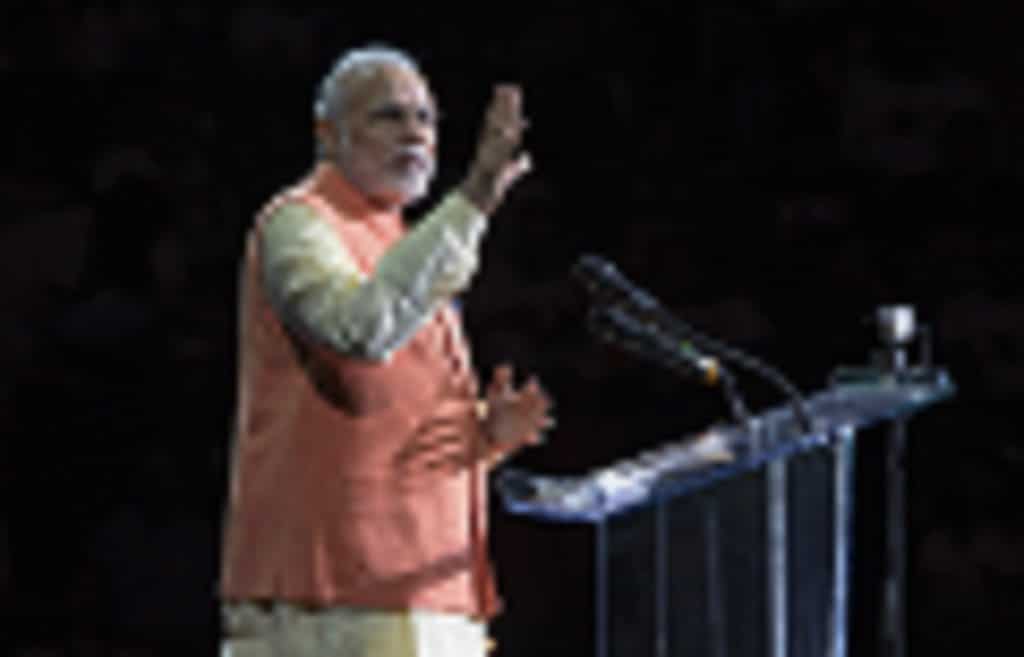Almost two years ago, Prime Minister Narendra Modi of India threw the country into turmoil when he decided, by surprise and practically overnight, to effectively invalidate the old paper currency.
Modi’s plan, kept secret even from his Cabinet until it was announced, gave citizens a 50-day deadline to turn in their 500-rupee and 1,000-rupee notes to banks in exchange for new notes. After the deadline, the old notes would be useless.
As Indians waited in interminable lines at banks, and everyone from rickshaw drivers to real estate agents suffered a hit to their businesses and lives, Modi’s team said the pain was necessary to punish those who were hoarding ill-gotten cash.
These hoarders — including criminals, terrorists and tax evaders — would be too afraid to exchange their old bills for new ones, the thinking went, because going to banks would expose them to scrutiny and possible prosecution.
But according to the central bank, it didn’t work out that way.
Figures released this week by the Reserve Bank of India showed that 99 percent of the value of the old bills that had been removed from circulation eventually found its way back into the financial system. The figures suggested that criminals and other hoarders, like nearly everyone else, found ways to change their old bills for new ones.
Modi’s enemies instantly pounced on the findings, saying the prime minister should apologize for all the chaos he caused. Economists shook their heads.
“This was a big mistake,” said Arun Kumar, an economics professor at the Institute of Social Sciences in New Delhi. “Employment was lost, output was lost and investment came down.”
Kumar said Modi’s decision clearly did not tackle the problem of illicit cash and was “a complete failure.”
Modi’s plan, called demonetization or just “demo” by many Indians, was a huge gamble, possibly Modi’s biggest, and some analysts say the prime minister will pay next year when he is up for re-election.
It is also the way he did what he did that ruffled many feathers. He did not consult parliament. He did not solicit advice from many learned advisers. He did not give the public any warning.
Instead, Modi made the decision in intense secrecy with the input of only a few trusted lieutenants and then sprung it on the nation, announcing in an unscheduled live television address on Nov. 8, 2016, that all the big bills in circulation were suddenly invalid.
To keep the country in the dark, his government had largely avoided printing replacement notes in advance. So for months after his announcement, India suffered an acute cash shortage, with ATMs running dry and people lining up for hours to turn in their old bills and wait in vain for new ones. The stress pushed several people to suicide; others died of heart attacks while waiting in bank lines.
So much in India turns on cash, not just common purchases for goods and services like food and taxi rides. Even real estate deals worth millions of dollars are sometimes done partly in cash.
Many economists believe that demonetization, along with stricter tax policies Modi’s government has put into effect, has crimped India’s economic growth, which is running at around 7 percent a year.
That growth rate, however, is still the envy of many countries. And some economists contend it is wrong to consider demonetization a failure, because the government can now obtain much more data from the banks, forming a clearer picture of what’s happening in the economy.
“The risk to tax evaders has jumped sharply and they should be on tenterhooks,” said Gautam Chikermane, vice president of the Observer Research Foundation, a research institute in New Delhi.
Another goal of demonetization was to move Indians away from cash. The idea was that Indians would bank more of their money and the government could then track it more closely — and collect more taxes in a country where only a tiny fraction of earners pay income tax.
To some degree, the banking sector did benefit. In the wake of demonetization, millions of Indians opened their first bank accounts.
But not all of that is attributable to Modi’s efforts. India has been rapidly modernizing, and its economy is now the world’s sixth largest (behind the United States, China, Japan, Germany and Britain), though hundreds of millions of people are still very poor.
And even to this day, cash is still king in India. Want to buy a table? More often than not merchants will offer two prices.
If you want to pay by credit card, it’s this much. But if you pay cash (which means the merchant will most likely not report the sale), the price can be much cheaper.
Modi has kept quiet about the recent demonetization findings, which basically confirmed those released a year ago.
He is a prolific Twitter user, with nearly 44 million followers. But his latest burst of Twitter postings show him shaking hands with regional leaders or congratulating Indian table tennis players, with nothing about the economy.
c.2018 New York Times News Service
